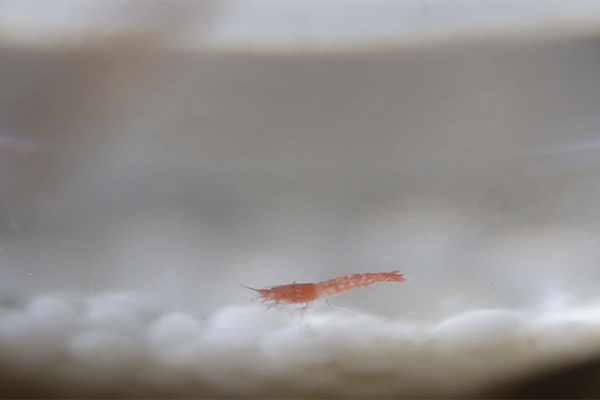Patricia Denys and Mary Holmes talk about their new online magazine
The global mainstream media does not generally cover the most critical topics concerning animal advocacy. Being a champion of animal rights can be hard enough due to lack of awareness and public stigma, but compounding that is the paucity of strong journalistic resources covering these issues appropriately and in-depth. This is something that a new online magazine, Animal Culture, is seeking to rectify.
Meet Patricia Denys, creative director and 2018 CAF grantee for creativity; editor Mary Holmes; and art director Karlie Kawa, who have combined their creative skills and passion for animals to bring you an online magazine whose primary focus is to connect nationally and internationally known writers, artists, activists, and others who advocate for the lives of non-human animals.
In just two issues, Animal Culture has already interviewed the Humane Society of Ventura County, Yuba-Sutter Domestic Animal Disaster Assistance and Alley Cat Allies, who all performed remarkable work rescuing many types of animals during the California wildfires last year. The feature article in their latest issue was an interview with Gene Baur, co-founder of Farm Sanctuary, the first animal sanctuary of its kind. The magazine also profiled CAF grantee and board member Jo-Anne McArthur of We Animals, detailing her experience traveling to North Carolina and documenting the animals impacted by the aftermath of Hurricane Florence.
“The main goal of Animal Culture is to present not only current issues regarding animal welfare but ones that have continued to plague animals, such as, factory farming conditions for fur, the public display industry, animal trafficking, animals killed in shelters, and animals used in research,” says Denys.
She continues: “Another goal is to promote the people who are hard at work trying to make the lives of animals better—such as visual artists, academics, writers, lawmakers, and those who are not necessarily in the limelight, such as rescuers. We believe that seeing what others are doing for the good of animals is not only inspirational but also encourages those advocates who face a tremendous amount of frustration and disappointment in the work they do every day.”
When asked where they see the magazine heading, Mary Holmes says, “On one hand, I can say more of the same. On the other hand, I see us doing even more cutting-edge articles. I know we will do an issue focusing on zoos in the not-too-distant future. Content seems to be falling in our laps, leading us to believe we are on the right track.”
Like all social justice movements, animal rights has its particular and unique difficulties: “The biggest challenge is always making people aware of what’s going on and influencing them to make changes in their personal choices. I do think it’s getting marginally easier. After all, veganism is growing,” says Holmes.
Denys states their challenges with regards to “how much” they should show in a magazine that is “meant for everyone and anyone in order to encourage change.” To wit: “The suffering animals endure is mostly graphic and shocking. I am very proud to reach so many animal advocates, but we also want to reach those who are not aware of important issues and encourage them to make changes for animals.”
Awareness of animal rights is slowly growing. With veganism at an all-time high, activist movements are getting bigger, and even animal welfare laws are changing, but things still need improving.
Denys explains: “The current state of animal advocacy needs more humans to consciously say to one’s self, ‘I will not cause unnecessary harm,’ as Gene Baur of Farm Sanctuary says in the latest issue of Animal Culture.
That mission takes an awareness of issues animals face and then, on top of that, a conscious effort to make a change. That can start with one meal, one cruelty-free purchase, or spaying or neutering your dog or cat. Those three things alone are big things to change the world towards humane living. The job of Animal Culture magazine is to promote awareness that encourages change to better the lives of animals, even if it means no suffering on your plate for a day.”
When CAF funds grants to those furthering animal advocacy, we are helping their projects and work to get noticed. More than just that, CAF recognizes the intersection of academia and artistry and how this union can further animal advocacy. It is an indelible bond we recognize and nurture, and more importantly, take as part of our mission statement.
“‘Animal rights’ still gets disparaged by some as an agenda only embraced by loonies and crackpots. CAF is doing its part to add legitimacy to the movement, which it definitely deserves.” says Holmes.
Become an Animal Culture patron via Patreon and help animal voices be heard across the world.





